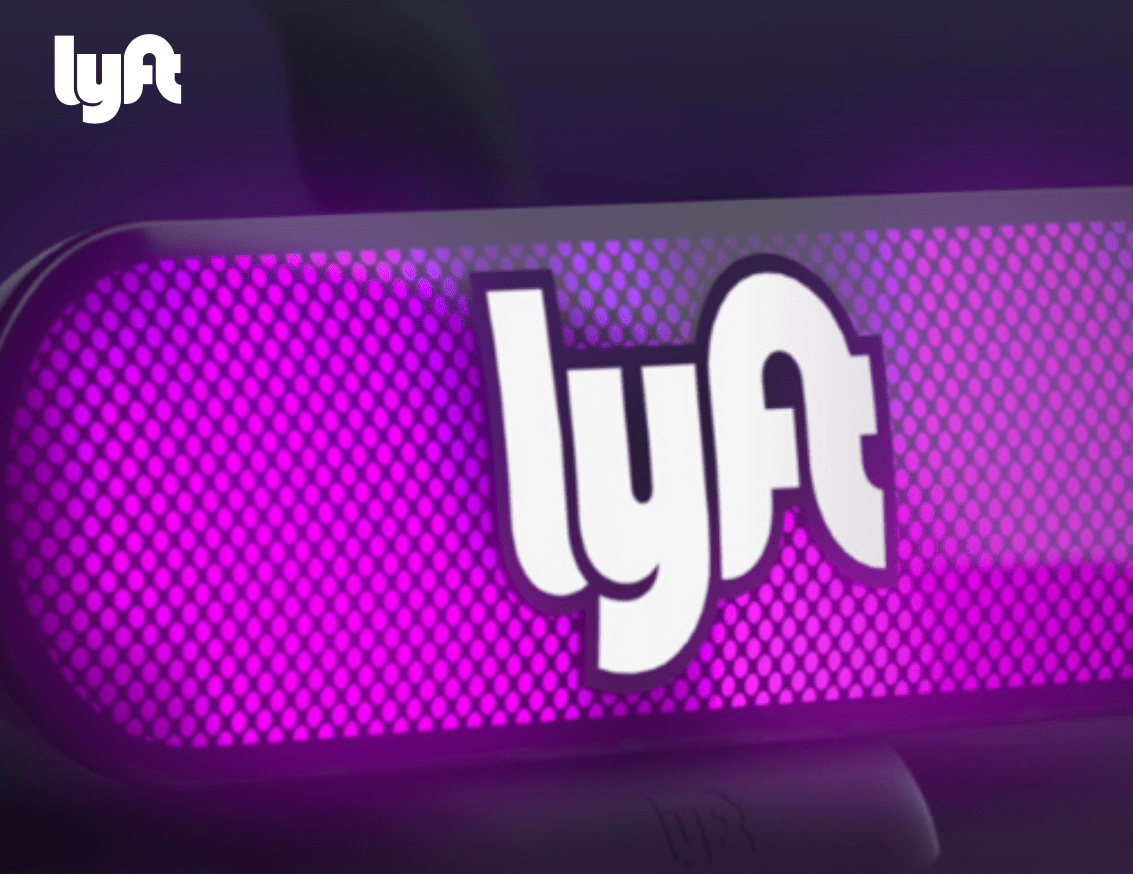Gunderson, of the trade association, disagrees, citing an online survey, commissioned by CECU and conducted by Gallup in , that includes responses from more than 3,000 alumni of for-profit colleges who graduated between 2008 and early 2018. A higher percentage of survey respondents said they had found jobs within six months after graduation than respondents from what Gallup called a nationally representative sample of associate degree holders. The CECU survey also suggests that most alumni are satisfied overall with their . . . educational experience, and employed graduates of for-profit schools reported a 62 percent increase in median personal earnings after completing their education.
The government gives and takes

For-profit schools make returns for their investors, but their students’ debt is overwhelmingly funded by the federal government, which guarantees more than 90 percent of student loans, Bloomberg reported in .
Even though they’re called for-profit colleges and people may think of them as wonderful free-market creatures, they largely rely on various government programs to generate revenue, says Yannelis. The 1965 Higher Education Act set up various federal-aid programs under the Department of Education (ED) and established guidelines that determine institutions’ eligibility for student aid, including federally guaranteed loans, under the law’s Title IV. But institutions must comply with government standards to remain eligible for the benefits.
Could bankruptcy lighten the student-debt burden?
Of all the major categories of consumer debt in the United States-including home mortgages, auto loans, and credit cards-only student-loan debt cannot be discharged in bankruptcy, except in rare cases of undue hardship.
The reason, explains Booth’s Yannelis, is that student loans aren’t backed by collateral a lender can sell to recover at least part of the loan’s value. Instead, lenders garnish wages, securing court orders to receive a portion of borrowers’ paychecks, to try to get their money back. If we think of a mortgage loan or an auto loan, this is secured by an underlying asset, Yannelis says. And we seize this in the case of default. So, wage garnishment is effectively turning somebody’s income into collateral for the debt.
The concentration of student debt among millennials has made it a potent political issue. Senator Elizabeth Warren (Democrat of Massachusetts), a candidate for the 2020 Democratic presidential nomination, has proposed forgiving all student debt up to $50,000 per person for borrowers earning less than $100,000 a year, as well as partial loan forgiveness for some who make more. Several other declared candidates for the presidential nomination have followed the lead of Senator Bernie Sanders (Independent of Vermont) and supported free college for all. And about 20 Democrats in the US House of Representatives supported a bill in the last Congress to forgive all outstanding student debt. Since the federal government issues 90 percent of all student loans, this proposed legislation would cost the US Treasury $1 trillion or more.
In 2017, Representative Frederica Wilson (Democrat of Florida) sponsored the Student Loan Borrowers’ Bill of Rights, which would enable those with student loans to discharge them through bankruptcy. The bill also would prevent the government from taking a portion of borrowers’ wages, tax refunds, or Social Security benefits to recover unpaid student loans.
Thus far, that bill has gone nowhere. Yannelis, a visiting scholar for the nonpartisan Congressional Budget Office, doesn’t comment on proposed legislation. But in a 2017 working paper, he studied what would happen if student loans could once again be fully discharged in bankruptcy. In the study, Yannelis examined changes made in 1998 to the bankruptcy code, which eliminated bankruptcy protection for borrowers who already had made student-loan repayments for seven years.

Comments (No Responses )
No comments yet.